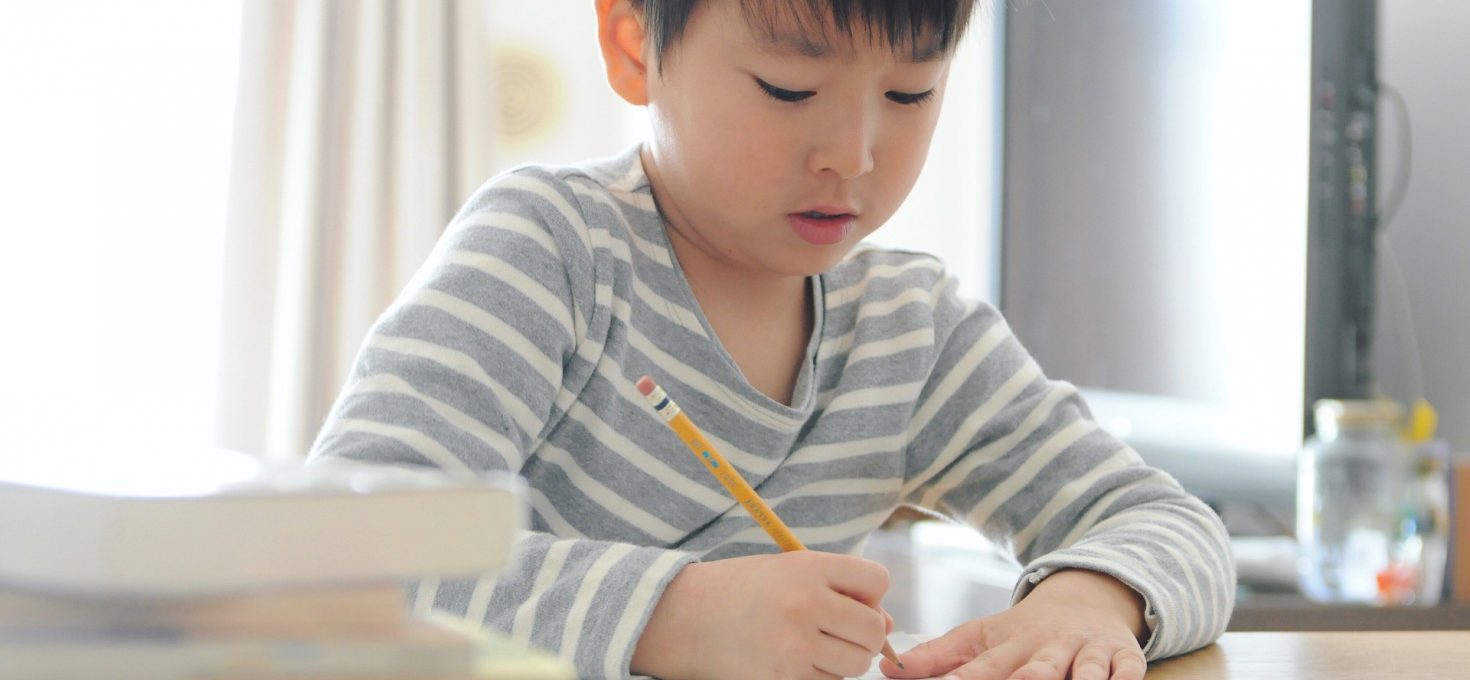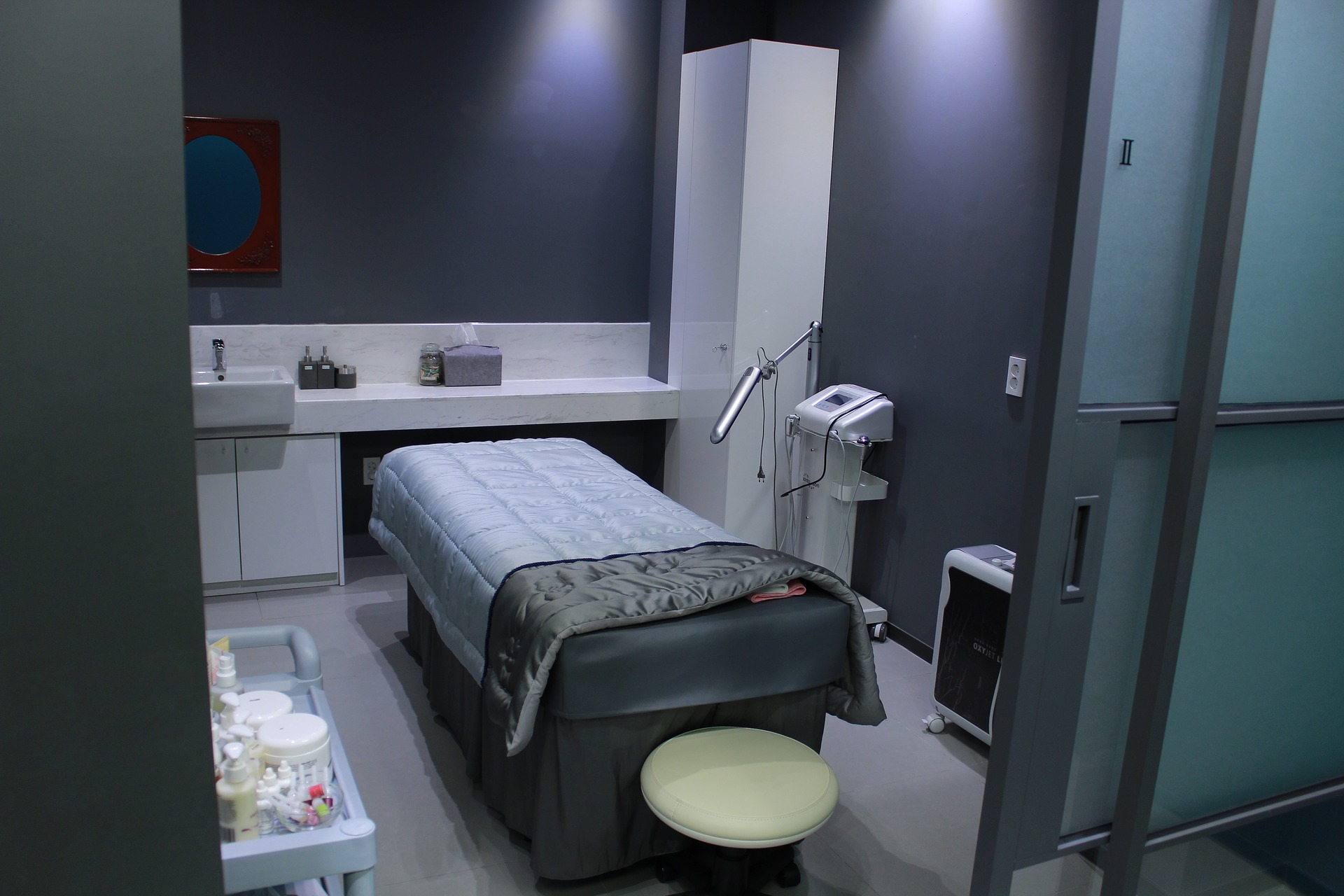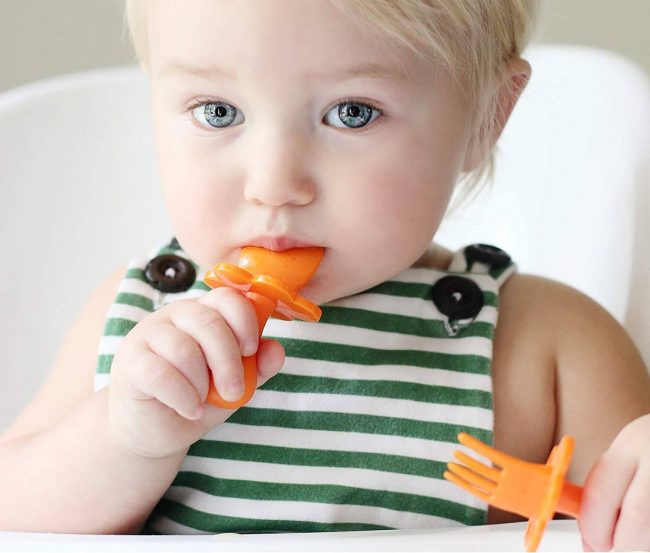Quick Navigation
Is it nearly time for your kid to start going to school, and you want him to come prepared? Or, you have long years ahead of school, but you still want your little one to start developing a habit of learning?
If so, then this article will give you 3 key tips for setting up your kid’s learning environment, so he could start learning fast.
Here we will talk about the importance of scheduling activities, organizing the environment, and what could motivate your child for ongoing learning.
So here we go:
MAKE A SCHEDULE
One of the most effective strategies to maximize the learning productivity of your child is to create a daily learning schedule.
By having presented all learning activities in front of himself, your kid will get more clarity and focus on what he has to accomplish throughout the day. By consistently following the activities in a particular order, he will also get to develop a chain of learning habits.
The schedule may look like this:
- 8:00-9:00: Reading
- 9:00-10:00: Writing
- 10:00-11:00: Maths
- 11:00-11:30: Exercise Break
- 11:30-12:00: Lunch
- 12:00:13-00: Music Lesson
- 13:00-14:00: Arts Lesson
There are a few things to consider while creating a daily learning schedule for your preschooler:
First of all, try to maximize his morning time. The vast majority of the young and older population tend to mentally perform better in the mornings as the brain is well-rested. So, find the most difficult learning tasks of your kid and set them to be done at the beginning of a day.
Also, letting your kid take scheduled breaks is crucial for maintaining healthy learning and maximizing his performance. You can give from 1 to 2 hours of break time during the day by letting him rest outside in fresh air, and even better – by exercising.
Besides the daily learning schedule, you can also add a goal list to your kid on a larger time scale. For example, you can set and write down longer-term goals, like “I will learn all country capitals by the next month”, or “I will learn all words from the given vocabulary”
Once the goal is finished reward accomplished goals with prizes, so your kid starts to recognize their importance.
OFFER AN INCENTIVE
 Many studies found that incentives are way more likely to motivate students rather than the consequences. You have to figure out what things will motivate your kid the most, so he is willing to put enough effort to get them. You also may want to offer incentives that are easily accessible and do not cost a lot.
Many studies found that incentives are way more likely to motivate students rather than the consequences. You have to figure out what things will motivate your kid the most, so he is willing to put enough effort to get them. You also may want to offer incentives that are easily accessible and do not cost a lot.
It is best to start offering small things to your kid after he finishes his tasks. It can be anything like video game playtime, or candy. Hanging around your kid’s work on the walls or a fridge can be also a great way to motivate your little one to keep learning and practicing more.
The cheapest and most effective thing that you can do once your kid accomplishes his learning tasks, is to praise him by simply telling “good job!”. You can also point out the areas where he could do better but always try to focus more on good things rather than on bad ones, as positive emotions tend to motivate children more.
ORGANIZE THE STUDYING SPACE
 Your kid will not learn effectively at home without an appropriate studying space. You can start off by organizing a comfortable seat and table adjusted to the right height, which is healthy for the kid’s spine.
Your kid will not learn effectively at home without an appropriate studying space. You can start off by organizing a comfortable seat and table adjusted to the right height, which is healthy for the kid’s spine.
Then, make sure that there’s enough lighting coming to the learning area either from the lamp, or window. Natural light better stimulates a kid’s brain and is generally considered healthier for a learning environment.
Make sure that the visual cues help your students navigate through the day. Display the daily schedule on the places like the wall, or desk, preferably in front of your children, so he keeps reminded of what has to be accomplished throughout the day.
Also, make sure the room has no TV on, or any other devices that could distract your kid from learning. If a child is going to use a computer device for studying, there are many ways to install parental controls that will protect your kid from viewing inappropriate content while he needs to study.
Besides these home learning setup tips, there are more great strategies to effectively get your kid ready for school. You can find everything about elementary school preparation on LearnOnlineHub.com blog which talks about the best practices at teaching at home.
You might be interested in
DailiesPods: The key to success in Life through Early Education
Author Bio

- She has been analyst, beauty expert, mom of 2, cook, teacher, content writer, and a reviewer with a passion to have a smart home with her husband. She often tests new things and gadgets that come into the market with the help of her team to review items. When she’s not at her computer, you can find her at her kitchen, busy with 2 kids, or maybe on Pinterest @xadiacashif where she likes to share about her lifestyle and work. Alternatively, try her email at xadcash@gmail.com, and she’ll probably shoot you back a list of her favorite and latest gizmos.
Latest entries
 Parenting TipsJanuary 19, 2024Celebrate in Style: Best 100 Days of School T-Shirt Ideas for Every Occasion
Parenting TipsJanuary 19, 2024Celebrate in Style: Best 100 Days of School T-Shirt Ideas for Every Occasion Parenting TipsDecember 20, 2023Nurturing Love: Exploring the Infinite Reasons Why We Cherish Our Children
Parenting TipsDecember 20, 2023Nurturing Love: Exploring the Infinite Reasons Why We Cherish Our Children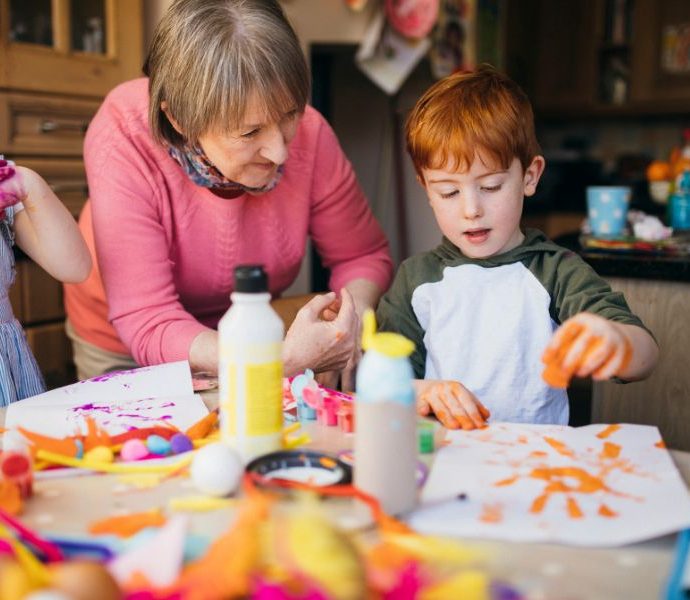 Parenting TipsNovember 26, 2023Importance of art and craft in child development
Parenting TipsNovember 26, 2023Importance of art and craft in child development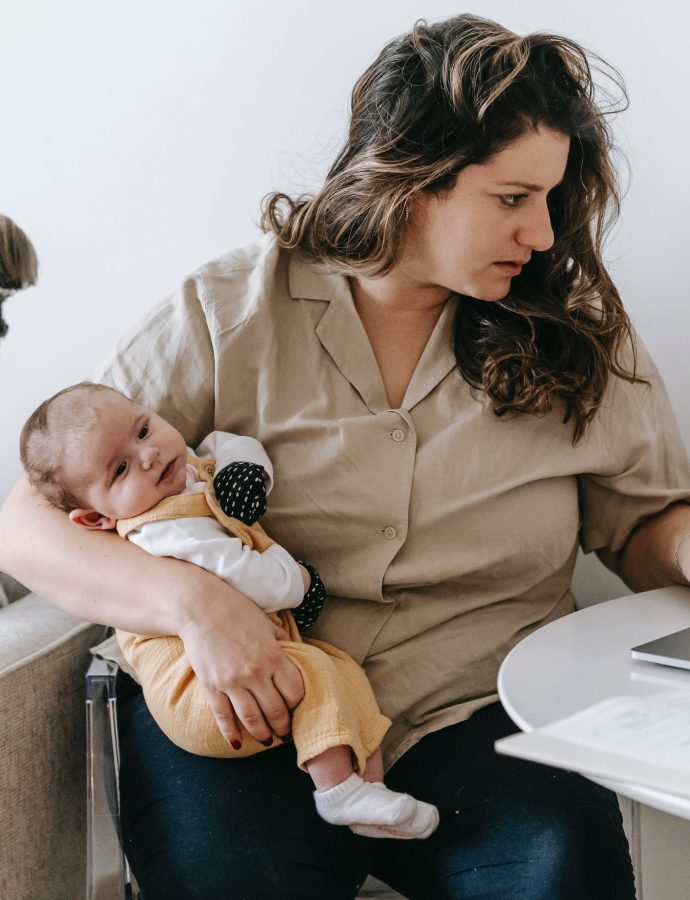 Parenting TipsNovember 12, 2023Nurturing Mothers: The Rising Issue of Postpartum Depression and the Vital Role of Self-Care.
Parenting TipsNovember 12, 2023Nurturing Mothers: The Rising Issue of Postpartum Depression and the Vital Role of Self-Care.
